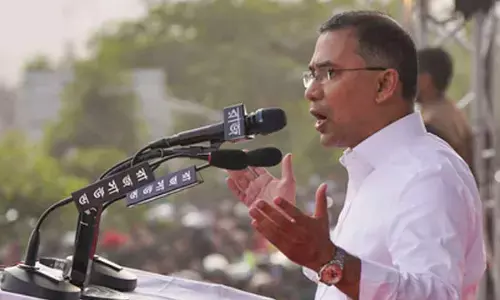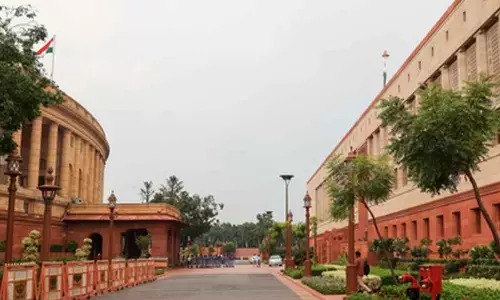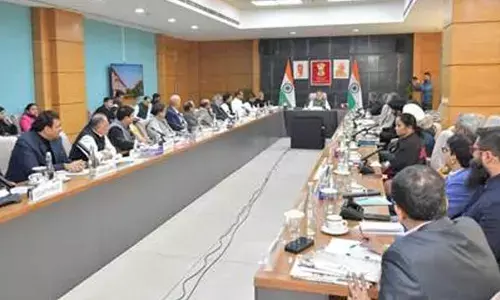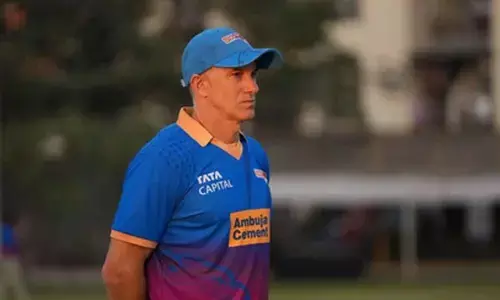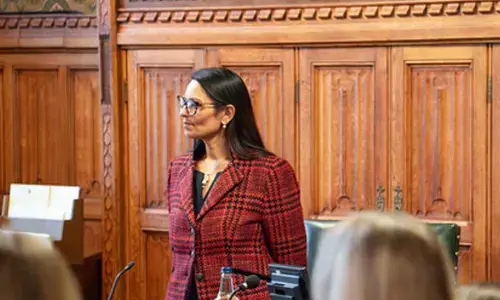Der Se Aye Par Durust Aye
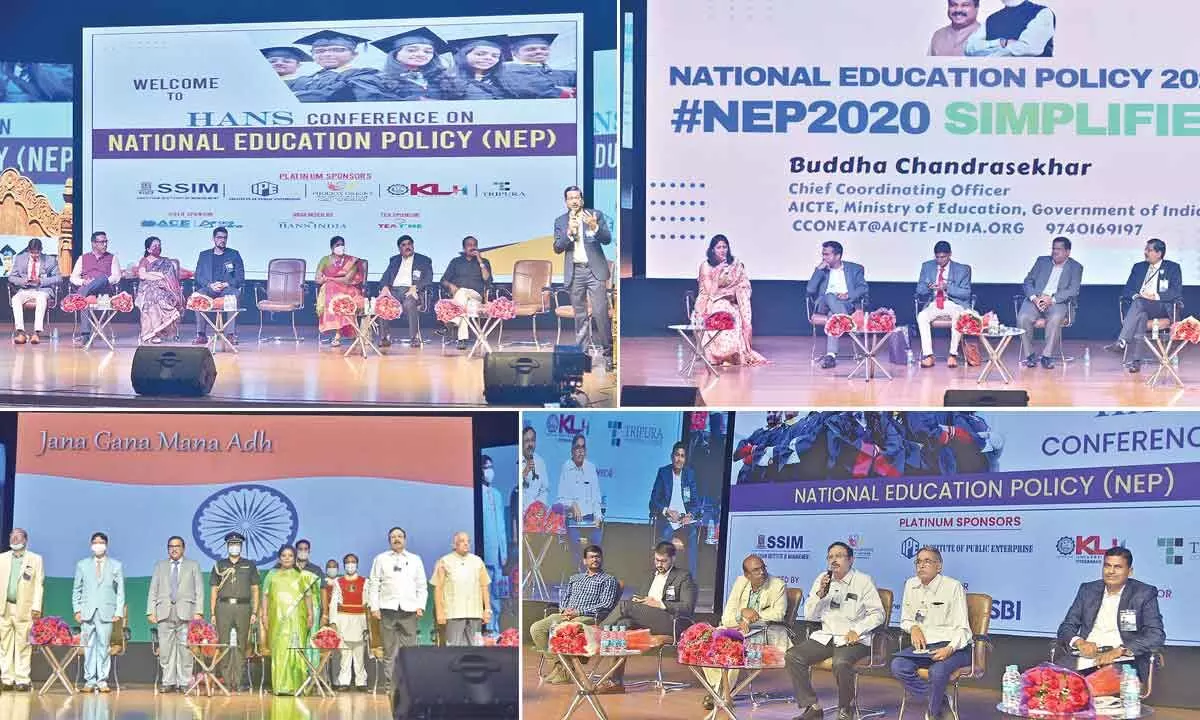
Eminent educationists and captains of industry and all stake- holders, who debated the policy framework and its salient features, said any new policy will be full of challenges
Hyderabad: Every good scheme need not get locked in politics. One should first debate, discuss, understand in detail the pros and cons of certain policies which could trigger major reforms that are needed to catapult India into a much higher domain in terms of development.
This was the overall opinion that emerged during the two-day 'Conference on National Education Policy' organised by The Hans India on June 18 and 19.
Eminent educationists and captains of industry and all stake- holders, who debated the policy framework and its salient features, said any new policy will be full of challenges, but what it needs is a change of mindset to make the sector adapt itself to reforms in larger interest of the country.
The basic aim of the NEP is to usher in India-centric education system that contributes to it enduring into a vibrant equitable and knowledge-based society by providing world class education. If implemented properly, it will not only check brain drain, but there will be greater inflow of students across the country looking towards India.
The NEP certainly is a policy of the 21st century. "Der Se Aye Par Durust Aye," was what some experts felt at the sidelines of the meeting. The policy, however, would result not only in increased private participation in higher education in particular, but it is required in the wake of marked changes in globalisation.
The knowledge landscape has undergone dramatic technological advances, like Artificial Intelligence, data, machine learning. Many unskilled jobs worldwide may be taken over by machines. There is a need for a skilled workforce involved with mathematics, computer science with multi- disciplinary abilities. This calls for high quality liberal education. The existing solo system must change. Under the present system, a civil engineer, for example, cannot go beyond his domain. The NEP would change such a situation, they felt.
There will be a paradigm shift and once the fruits of the NEP start flowing in, it will foster employability and make students ready for future. A little vision like identifying job-seekers and job-givers is what the stake-holders should have so that relevant skill training can be given, both in terms of soft skills and hard skills.
Lot of noise is made over unemployment and youth not getting jobs. The problem is that proper and planned skill training was lacking in the country. The NEP did not come up overnight. Lot of churning among the acidaemia, industry, government and all other stake-holders had taken place. The fact of the matter is that industry does not want to spend time on training. The educational institutes and, if need be, the faculty should go to industries as interns, understand the requirements and then plan courses to train students in soft and hard skills. Designing such a curriculum of course is going to be a big challenge. Awareness among students and parents on the NEP, its concept and what offers in nutshell, is very important. The 5+3+3+4 structure should be welcomed. Skilling of each child during the schooling will increase the stature of skill-based education and increase employability of youth, the conference felt.
Universalisation of early school education, the push to improve gross enrolment ratio and renewed focus on new life skills will help create a strong assemblage of future leaders in India.









